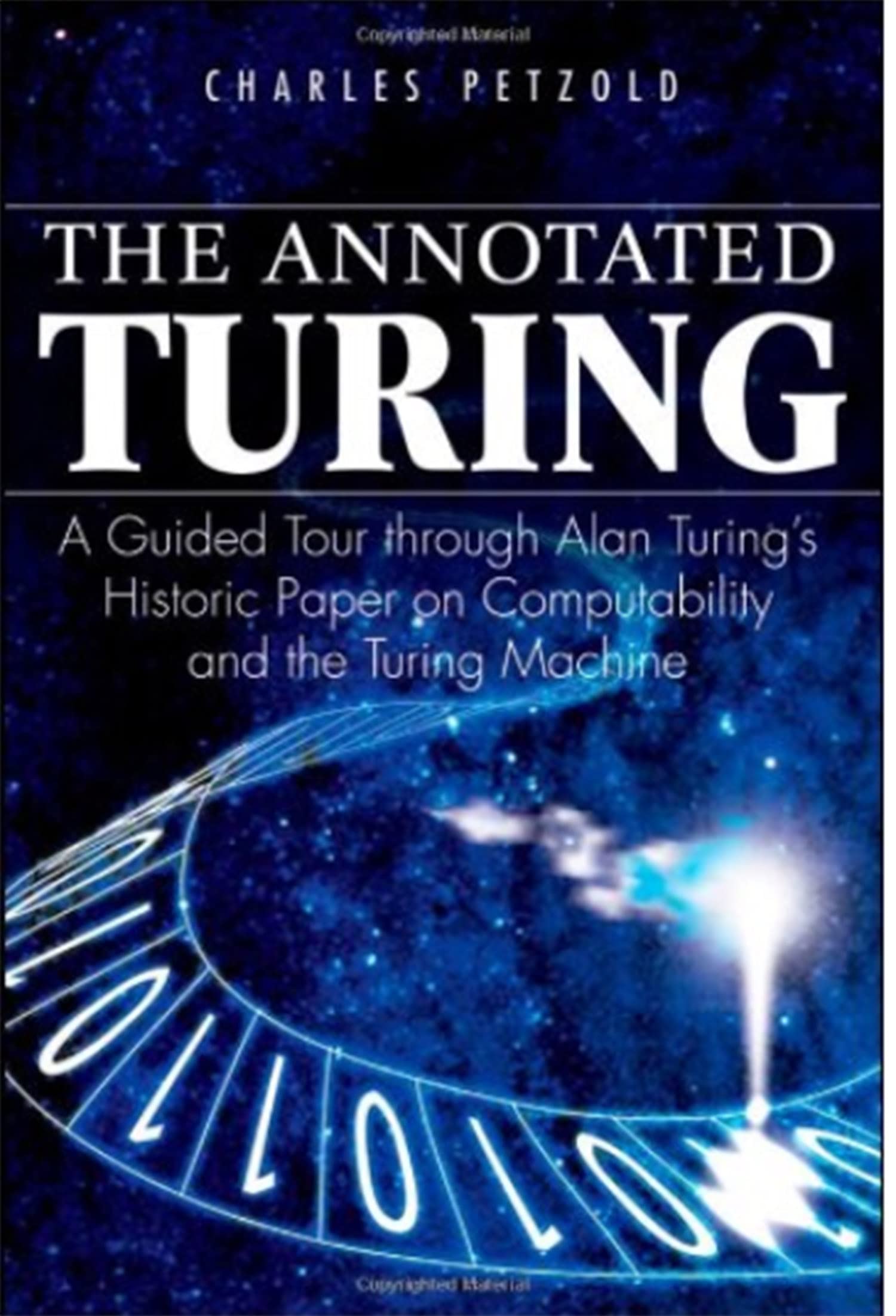What do you think?
Rate this book


Kindle Edition
First published June 16, 2008
When Stephen Wolfram began studying the complex structures that arise from cellular automata, he tried to find ways to predict the outcomes and perhaps make shortcuts through the generations. He could not, for “there can be no way to predict how the system will behave except by going through almost as many steps of computation as the evolution of the system itself . . . For many systems no systematic prediction can be done, so that there is no general way to shortcut their process of evolution . . .”[1]